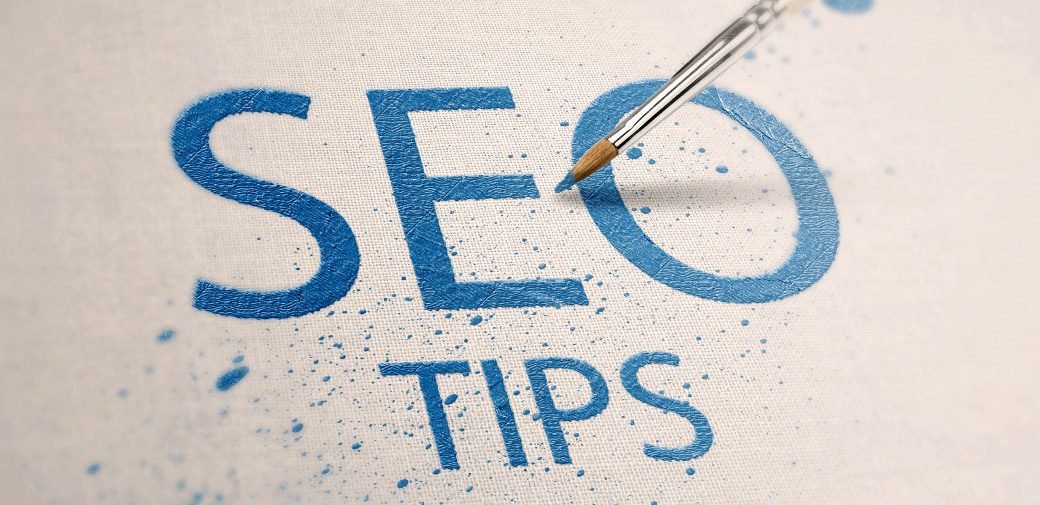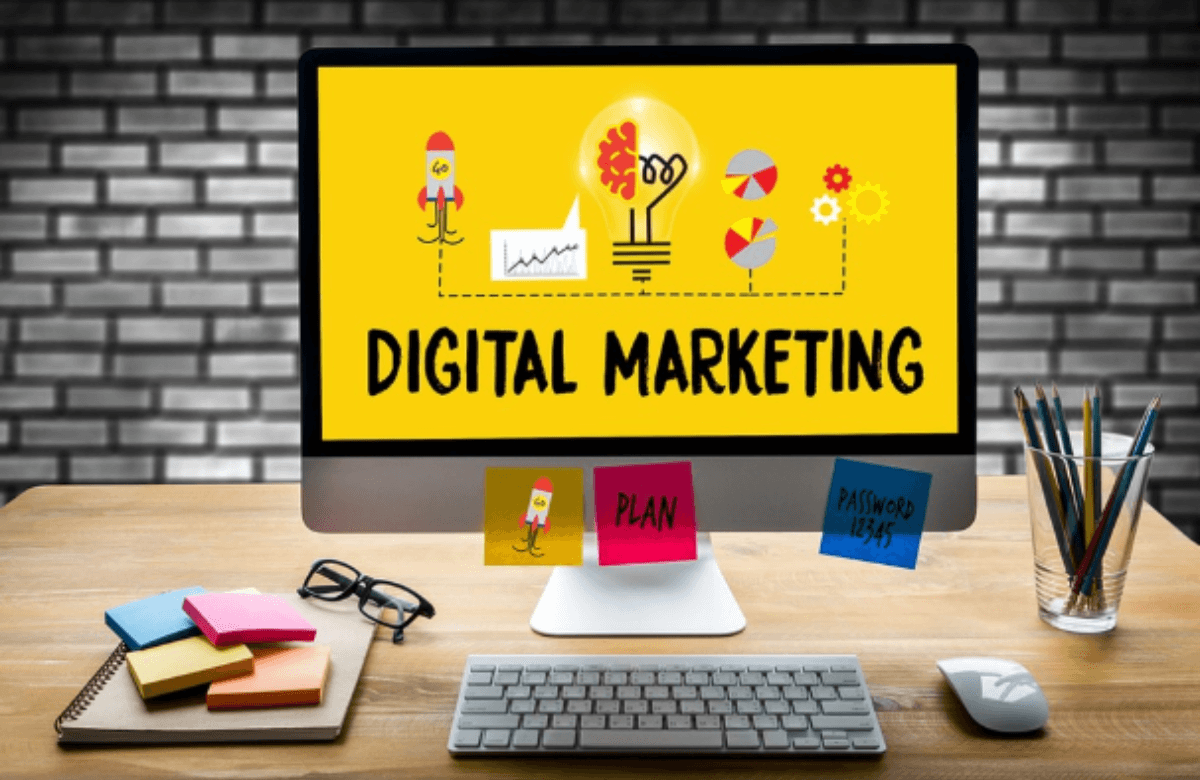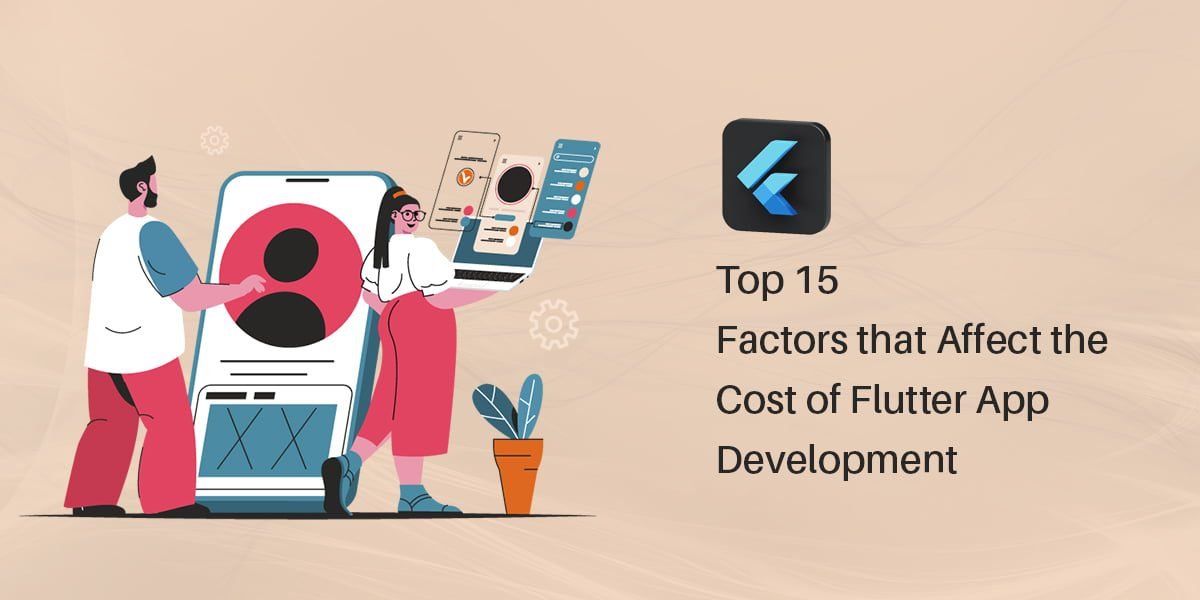To quickly respond to evolving markets and deliver customers’ desired products, businesses need to be flexible and adaptable. Software development has adopted two major methodologies based on those same driving forces: Lean and Agile.
Agile and Lean methodologies are widely followed worldwide because of their emphasis on speed, quality, and innovation. In this blog, I have explained them elaborately, including what these methods have in common, how they differ, and whether or not Lean and Agile are right for your business project.
Let’s understand these two software development methodologies.
A Brief Introduction to Lean and Agile Methodologies
In the past 30 years, software development has seen a fair share of innovations. The “waterfall” methodology is still relevant today. Despite this, software development companies use it less frequently because it requires early testing and feedback and takes a rigid approach while handling continuously changing requirements.
Lean and Agile, two newer software methodologies, have emerged in recent times. These have changed things considerably, enabling custom software developers to produce better results. Let’s examine them thoroughly:
Lean Thinking
Lean thinking in software development focuses on continuously improving processes to reduce waste and speed up value delivery.
The concept is largely based on the manufacturing sector, where “lean” became a process of removing “waste” (less human effort, less equipment, less time, and less space), which has majorly influenced the lean software development methodology. The Toyota Production System, developed by Japanese engineers Taiichi Ohno and Eiji Toyoda, was where Toyota first introduced this idea.
Dr. Robert Chartette is credited with coming up with the idea of applying Lean principles to software development in 1993. However, it wasn’t until Mary Poppendieck and Tom Poppendieck published “Lean Software Development” in 2003, a book that outlined the principles of Lean Software Development (LSD).
Lean software development defines “waste” as duplicate, ineffective, redundant processes that are of no value. Lean development principles focus on maximizing customer value while minimizing waste and risk. They are as follows:
- Remove Waste
Lean tries to eliminate waste in the form of incomplete work, features or code that isn’t needed, delays, bad management, defects, or relearning.
- Amplify learning
Lean software development aims to enhance team learning to avoid knowledge silos and constantly seek feedback through user story development, code review, refactoring, testing, and sharing knowledge resources.
- Speedy Delivery
The lean software development methodology focuses on faster delivery with short iterations and test-driven development (TDD).
When applied to software application development or any other field, lean methodology is a different way of thinking, not a set of rules or procedures that must be followed. Instead, it is open-ended by definition, making it a flexible guide for when and how to find process improvements and generate more value.
The principles of early feedback, agile thinking, and iterative development can assist businesses in establishing and creating the right software product for the market by developing as small a product (minimum viable product) as possible to start. Lean thinking also extends to startups and medium-scale businesses.
Now, let’s talk about Agile.
Agile Methodology
The philosophy is based on iterative development with time-boxed sprint cycles for collaboratively devising, building, and testing the best solution. Daily standups and retrospective practices are part of Agile that help teams figure out what they’ve learned from previous experiences and where they need to improve.
The need for a lighter approach to software development led to the introduction of the Agile methodology in the 1990s. It was thought of as an approach that would be less regulated and easily managed. Agile was one of the numerous methodologies devised during this time. It grew in popularity following the publication of “Manifesto for Agile Software Development” in 2001.
6 Similarities Between Agile and Lean Software Development Methodologies
These software development methodologies are very similar. There is even a whole debate surrounding these two. While some people believe that Lean is an Agile framework, others argue that Agile was itself inspired by the Lean methodology. There are several similarities between these two. I have covered them below:
- Flexible
Lean and Agile both emphasize adaptability through iterative development and frequent feedback.
- Encourage Learning and Collaboration
Both approaches promote and support constant learning and collaboration.
- Empowered teams
Both Lean and Agile place a heavy emphasis on worker responsibility. This prevents unnecessary hierarchies and micromanagement.
- Prioritize Speed
The Lean and Agile methodologies are well-known for developing effective timelines that aid in maximizing time-to-market.
- Optimized
Each methodology focuses on improving software development processes by using daily feedback to identify flaws and inefficiencies early.
- Customer-centric
Each of the two software development methodologies emphasizes generating and maximizing value for customers.
6 Differences Between Lean and Agile Software Development Models
Although both the Lean Development Model and the Agile Development Model are iterative software development approaches, they differ significantly in the following areas:
- Workflow
The typical workflow for lean development is linear. The Agile methodology values an iterative workflow in which teams repeat the development cycles until the best software product is created. Therefore, in an Agile process, the emphasis is on fulfilling the requirements of the customers.
- Metrics
Metrics like cycle time and lead time are used in lean development to analyze efficiency and waste reduction. Metrics like burndown charts and velocity are used in agile development to track progress and evaluate performance.
- Focus
While Agile business software development focuses on incremental and iterative development to deliver maximum customer value, the Lean approach emphasizes eliminating waste and increasing efficiency.
- Team Organization
The lean methodology emphasizes cross-functional teams for software creation. The same kind of teams are also used in agile development, but a greater focus is on self-organizing teams that work closely with customers.
- Origin
Agile development started in the software industry, whereas the Lean development concept has its roots in the manufacturing sector.
- Methodology
The principles of Lean manufacturing, which focus on constant improvement, serve as the foundation for lean methodology in software development. The Agile Manifesto emphasizes the importance of customer collaboration and adapting to change and serves as the foundation for agile development.
You learned about the similarities and differences of both these methodologies. Now comes the hardest part – choosing between the two.
Lean vs. Agile: What Should You Choose?
Due to the similarities and differences, plenty of businesses get stuck between using either of these software development methodologies or both. Despite the differences, both these methods offer similar outputs. Therefore, you can use these approaches together by taking the best of both.
Most organizations want to leverage them both based on their requirements and business goals. While the Lean methodology emphasizes improving the delivery process, Agile focuses on enhancing the software. These approaches are equally important; therefore, combining them while developing your software can lead to better outcomes.
Today, most business organizations have adopted the hybrid way of working. They need great ideas and robust processes to succeed. This can be achieved by using Lean and Agile principles together. For this, one must consider three integral parts. They are covered below:
- People
Your workforce is your biggest asset, and they determine your company’s fate. Therefore, it’s important to understand how you can empower employees to deliver better results quickly. The lean methodology emphasizes teamwork for faster delivery. Agile, on the other hand, focuses on collaboration between cross-functional teams to devise a solution to an existing problem.
- Technology
A business can only grow in the digital domain by using the latest technologies. With project management tools, one can communicate better and ensure system transparency. Additionally, a business can leverage tracking and collaborative tools to connect with stakeholders and analyze the project results easily.
- Processes
Speedy delivery is one aspect that makes a company stand out from its competitors. You need to find new and better ways to lower time-to-market and boost ROI. By using the two software development methodologies together, your workforce can save time on repetitive tasks and focus on crafting better user experiences.
Read more about the agile testing pyramid
Conclusion
Lean and Agile are two commonly used software development methodologies. One should combine them to deliver the right software product quickly and efficiently. Work with a custom software development firm specializing in both Lean and Agile methodologies. This will help ensure the best product for your business.










![Explain SEO in Digital Marketing – [Beginning to End Guide]](https://www.gadget-rumours.com/wp-content/uploads/2025/01/Explain-SEO-in-Digital-marketing-768x403.png)






























![Explain SEO in Digital Marketing – [Beginning to End Guide]](https://www.gadget-rumours.com/wp-content/uploads/2025/01/Explain-SEO-in-Digital-marketing.png)

![6+ Diversity-Boosting Organic Link Building Tactics To Improve Brand's SEO Performance[2023 Updated] 2 Link Building Tactics](https://www.gadget-rumours.com/wp-content/uploads/2023/06/6-Diversity-Boosting-Organic-Link-Building-Tactics-To-Improve-Brands-SEO-Performance-2023-Updated.jpg)